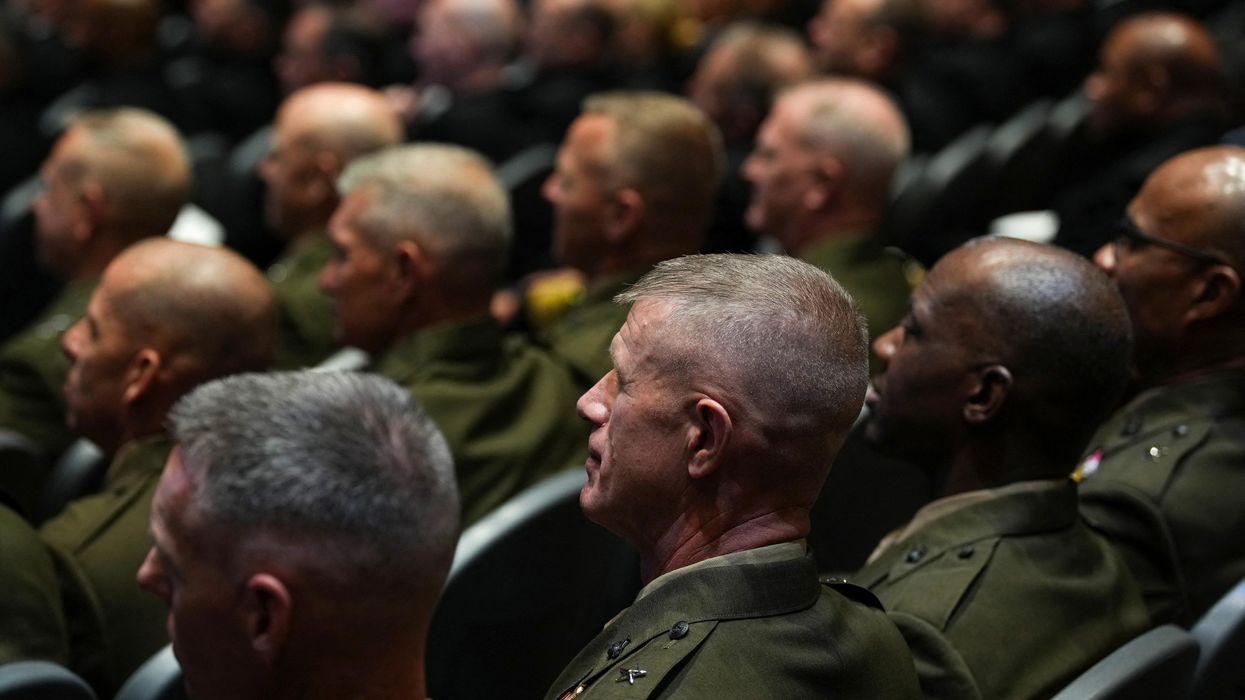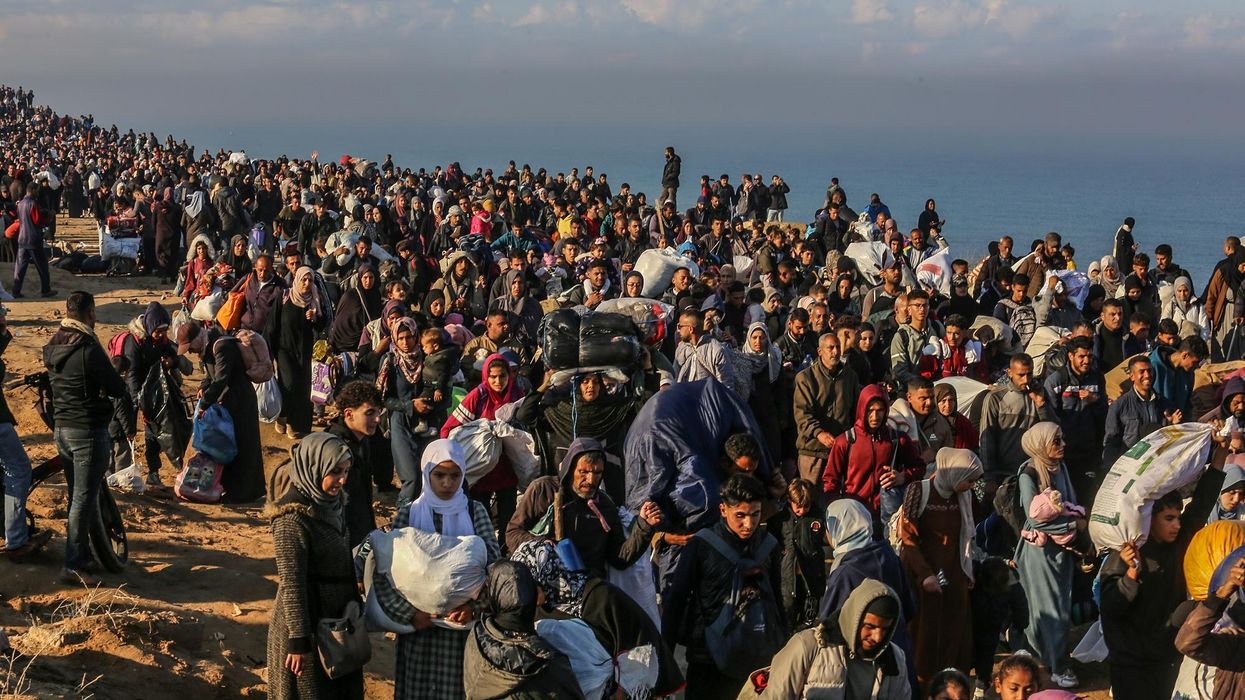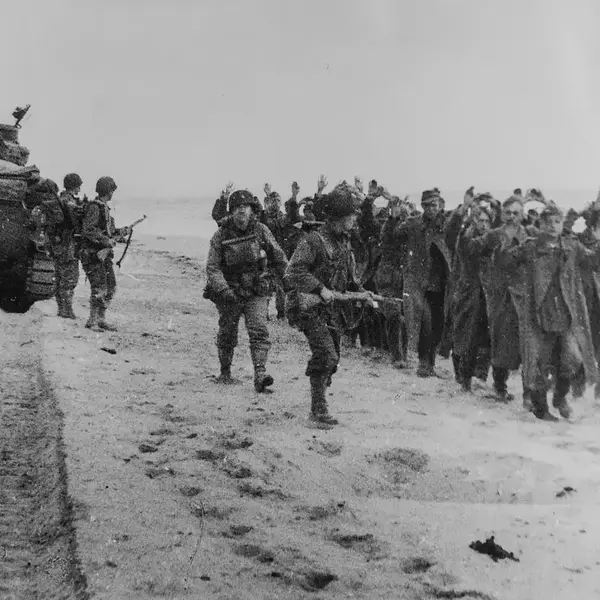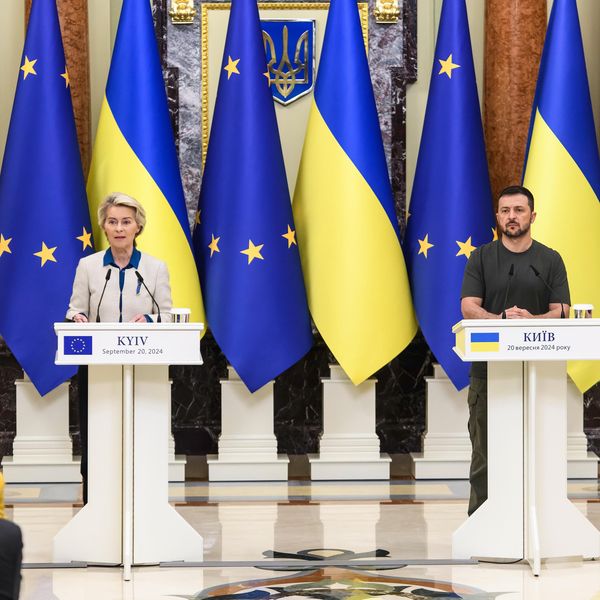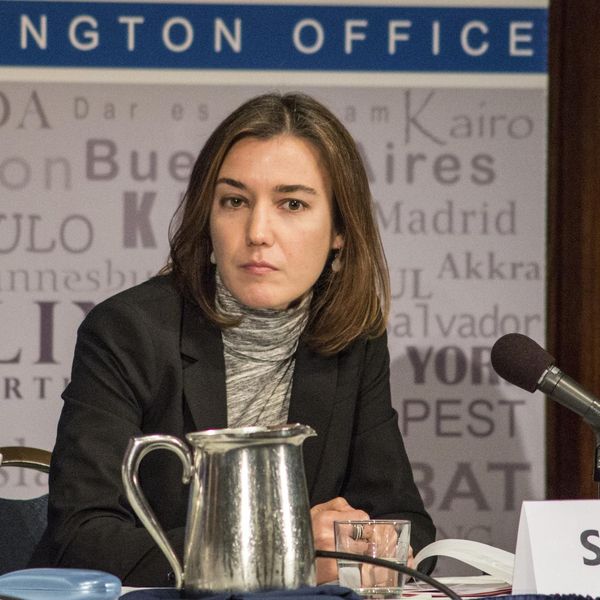While most eyes are turned elsewhere, the situation in Afghanistan continues to worsen. The Russia-Ukraine conflict is indeed a tragedy, but the laser focus with which the United States and its European allies have trained on the Ukrainian cause underscores their double standards when it comes to addressing humanitarian crises around the world, particularly in cases where they bear considerable responsibility — be it in Yemen, Syria, or indeed, Afghanistan.
Today, millions of Afghans lack food and financial means, with the country unable to feed itself or provide essential services, largely due to the roughly $7 billion dollars of Afghan central bank funds currently sitting in U.S. banks, plus more at the World Bank, frozen by sanctions.
The U.S. funds are in part being held up in legal limbo due to lawsuits against the Taliban by families of 9/11 victims, and countersuits by Afghan advocates to give back all of the money to the country. A recent article by the New York Times cites some of the legal obstacles facing the release of these funds, including a pair of laws from 1978 and 2002 which place restrictions on money linked to organizations designated as “terrorists” — like the Taliban — further complicating the matter since they are the de-facto government of Afghanistan.
With that being said, it was still largely a political decision to block the funds, as indicated by the Biden administration’s controversial announcement back in February that it would allot half the frozen money for the 9/11 families, and the other half for humanitarian aid. Now it is all in a federal judge's hands.
Biden's decision has sparked significant pushback, as some 40 organizations (including some eligible 9/11 claimants) have called on the president to unfreeze all funds being held in the U.S. financial institutions and the World Bank. One such group is Unfreeze Afghanistan, a women-led advocacy organization which has also highlighted other issues facing Afghan civil society, including Afghan teachers and healthcare workers, who have gone unpaid since the collapse of the government and Taliban takeover.
The group has also suggested alternative payment mechanisms, such as direct payment of salaries to individuals by the United Nations Development Program (UNDP), or for finances to be coordinated with non-governmental organizations within Afghan society to ensure transparent delivery and avoid the direct aiding and abetting of Taliban abuses.
On that matter, with their recent slate of government decrees ranging from restrictions on women’s dress and travel, to the segregation of men and women in public venues such as restaurants and parks, it’s clear that this “moderated” version of the Taliban is keen on resuming business as usual when it comes to human rights and tightening its iron-fisted rule in Afghanistan. It’s also an indicator of the continued failure of the U.S.-led policy to isolate the country economically and politically as a means of influencing Taliban attitudes.
This all ties into the broader humanitarian crisis faced by the country, with growing food insecurity, a devastating healthcare shortage, economic ruin, and escalating militant violence. From the Pakistani airstrike of April 16 in the country’s eastern provinces of Khost and Kunar, which reportedly killed up to 47 people, to the multiple separate bombings targeting ethnic Hazaras and members of various religious minorities in the days since, the security situation in the country is becoming increasingly unstable.
What’s needed is the release of money that belongs to the Afghan people, as well as a thoughtfully planned international financial and security arrangement (without military intervention) that will help Afghan society function and strengthen what institutions currently exist in the country.
As far as financial aid, any package provided to the Taliban government should rightly emphasize respect for human rights. Despite the recent crackdown on women’s freedoms, however, there seems to be opposing views within the Taliban movement over issues such as women’s education, as a recent decision by the leadership to close down girl’s secondary schools was reportedly met with disagreement by other Taliban members, according to reports. This, along with other protests within the country show that it won’t be easy for the Taliban’s heavy-handed rule to continue without some checks, however marginal these hopes appear.
But we know now that isolating the country will not contribute to future peace and prosperity for its people, and dialogue should be reopened by the world. Regional neighbors (i.e., Iran, Uzbekistan, Pakistan, India, China) should also be engaged in good faith to help promote Afghan economic development and security guarantees against outside terrorist activity or militant violence internally (ISIS-K, a local ISIS affiliate, has claimed responsibility for several recent attacks).
The tangled geopolitical rivalry at play in Ukraine further complicates all these peripheral matters, as the U.S.-Russia-China triangular dance continues to play itself out in different areas, be it in Ukraine, Syria, North Korea, Taiwan, or otherwise. All this emphasizes the need for international diplomacy more broadly, and Afghanistan offers an opportunity for positive cooperation between powers like China and the U.S.
Those familiar with the U.S. embargo against Iraq in the 1990s know the devastation wrought by that cynical policy, with an estimated 500,000 Iraqi children perishing due to a lack of food and essential supplies that the nation was unable to import.
The near-future outlook for Afghans isn’t very bright, either. A recent announcement that the U.S. is sending another $204 million to Afghanistan for emergency assistance (bringing the total to $720 million since August 2021) is welcome, but a drop in the bucket of what it has sent to Ukraine in just two months. Plus, the Afghans need money to pay salaries and restart the economy. They need their own funds, and not just a band-aid.


